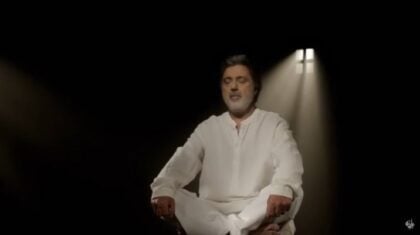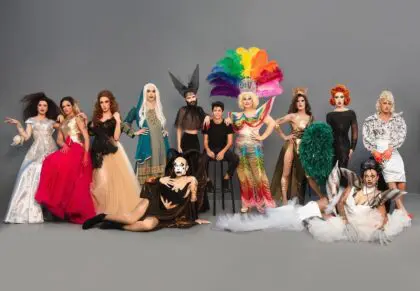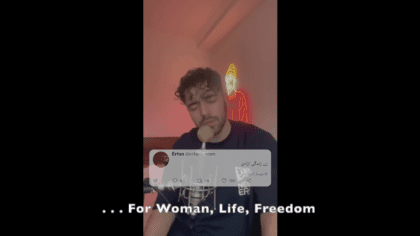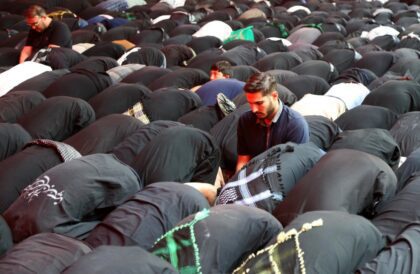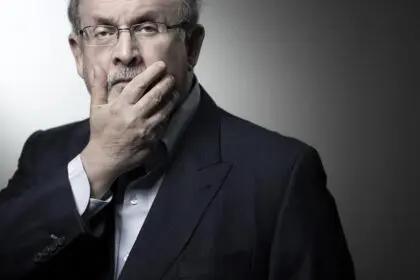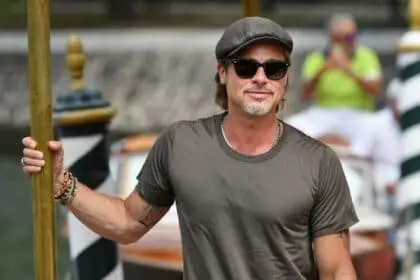
Introduction
Iran’s culture, or contemporary Persian culture, has its roots in one of the most ancient civilizations in the Middle East. Throughout history, the Persian cultural radiation of various kinds of literature and arts had a wide presence and influence that transcends the boundaries of place, extending to various parts of the world.
For instance, the development of music and singing in Iran has roots dating back to about two thousand years prehistory, where the Aryans excelled after their conquest of Persia in the arts of singing, inventing musical rhythms, and practicing theatrical performances in the open air, and they used drums and trumpets in their wars. During the time of the Achaemenid Empire, musical instruments were used in the assemblies of glee and delight, and instruments such as the trumpet, cymbals, drums, and flutes accompanied war chants to inspire enthusiasm among soldiers.
The emergence of Islam in the seventh century and the Arab conquests of Iran were a turning point for various types of arts and literature. Persian music, along with other Persian cultural elements, became the main component of what has been termed “Islamic civilization”. Where Persian literature emerged with the formation of the modern Persian language after the Arab conquest. Thus, Language and literature joined forces for the advancement of intellect, before the emergence of the classical Persian literature, then its transformation into its modern styles later on, especially after the Khomeini’s revolution in 1979.
And so, the Iranian society’s cultural scene is usually formed between tradition and modernity. For instance, researchers today believe that the reality of contemporary Iranian culture has been based on three foundations: the traditional Persian national heritage, then the reality of the Islamic revolution in its political, social, and religious dimensions, and finally, the globalized scientific and cultural interaction factors in the modern era of the information revolution.
Architecture in Iran dates back to about five thousand years BC, the buildings constructed before the Islamic era, such as historical gates, castles, palaces, and markets (bazaars) reflect various types and patterns of architecture.
The Islamic Iranian architecture was influenced by the architectural patterns in the Arabian Peninsula, such as mosques and palaces, most importantly of which are entrances with big rib vaults, and columns that were distinguished with their height and grace. Residents in the south were interested in building mosques with great Sahn (courtyard) and unroofed halls, while residents of the north favored roofed mosques due to extreme cold weather.
Persian carpets are also one of the most important cultural and civilizational legacies in Iran, as it combines art and trade, and each city is famous for a specific type of carpets that are distinguished from each other by the inscriptions and patterns of handicrafts, their accuracy, and beauty, as well as the materials used in their weaving.
For more about the culture of Iran, check what Fanack has covered about this file.
Music
Iran has a long and rich musical tradition, which includes a great variety of styles, including classical, religious, folk, and pop. Typical Persian classical instruments include the kamancheh (a bowed spike-fiddle), the daf (a frame drum), the tonbak (goblet drum), and long-necked lutes such as the tar, setar, tanbur, and dutar.
Pop Iranian music is hugely popular in Iran. Bootleg copies of the newest Western artists are on sale in small music shops and on the streets. Through Internet and satellite TV, Iran’s youth stays up to date with the latest trends in Western music. Even more popular than Western artists are Iranian pop idols.
Until the 1950s religious, traditional, and folk music dominated the Iranian music scene. Vigen Derderian, also known as the Pop Sultan, changed all that. He combined Iranian classical music with Western jazz and pop and unleashed a revolution that coincided with the rise of a new middle class that was being increasingly influenced by the West. By the 1970s, Iran had developed its own popular music style, in which traditional Persian instruments and melodies were mixed with imported sounds and styles. Pop diva Googoosh (Faegheh Atashin) became one of its most prominent exponents.
Iranian pop did not flourish for long. After the Islamic Revolution, Western music was forbidden. Female singers could no longer perform in public, because female solo singing was outlawed. Many artists moved abroad and further developed their careers in diaspora communities, mainly in Los Angeles.
Architecture
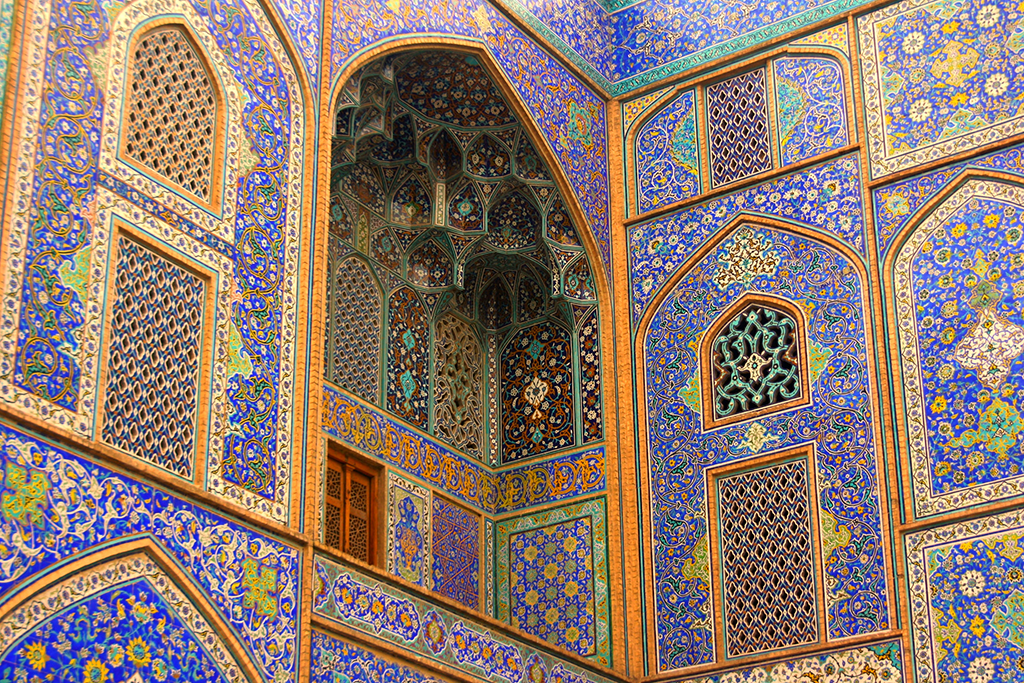
Architecture in Iran has a continuous history from at least 5000 BCE to the present. Pre-Islamic structures, mosques, citadels, palaces, and bazaars display a great variety of structure and style. Many of Iran’s historic buildings are on the UNESCO World Heritage List, including the Armenian Monastic Ensembles of Iran, Pasargadae, Persepolis, Takht-e Soleyman, and Chogha Zanbil. The best-known pre-Islamic building is the vast palace complex or Persepolis (or Takht-e Jamshid), built in the 4th century BCE. Each Nowruz the Shahs of Persia received their guests here.
Persian Rugs
Iran has a long tradition of the production of special textiles and the weaving of rugs. Cotton, goat, camel and sheep’s wool, and silk are used in making rugs. Pigments are traditionally extracted from flowers and fruits. Persian carpets can be divided into three groups: the large rug (farsh or qali), the smaller rug (qalicheh), and nomadic, ‘rough’ carpets (gelim). The Carpet Museum in Tehran displays a rich collection of carpets from all over Iran. In 2008, Iran’s exports of hand-woven carpets was 420 million USD, or 30 percent of the world’s market.
Modern Art and Revolutionary Imagery
Travelling through Iranian cities, one cannot miss the immense murals depicting martyrs, anti-American and anti-Israeli slogans, and venerations of former Supreme Leader Khomeini and his successor, Khamenei, that adorn the tall buildings that form the cityscape. During the revolutionary period, graffiti were a widespread form of rebellion. Anti-Shah slogans were written on walls, demonstrators stencilled simply fabricated posters with the image of Ayatollah Khomeini on the walls, and street names were occasionally painted over with red paint symbolizing the blood of the fallen. After the Revolution, painting on the walls evolved from a guerrilla-style act of resistance into a government-controlled and state-sponsored form of propaganda.
Although painters were encouraged to create their own unique works of art, many posters, murals, war-propaganda billboards, and postage stamps were and still are reproductions of paintings by the great revolutionary painters. The most important propaganda artists include Kazem Chalipa, Hussain Khosrojerdi, Nasser Palangui, Iraj Eskandari, Hamid Ghadirian, Habibullah Sadeghi, and Mustafa Goodarzi, most of whom studied at the College of Fine Arts of Tehran University.
The ideologues of propaganda art were overtly opposed to the concepts of modern Western art. According to many Islamist art critics, Western art has been degenerating since the rise of humanism. In the foreword to A Decade of Painters of the Revolution, the editor describes the differences between Islamic and Western art: ‘whereas the Western artist has lost all his ability to create a true work of art because of his lack of religiosity, the Islamic (and Revolutionary) artist can create a true work of art, because he is not only inspired but led by his religion’. Nevertheless, in Iranian revolutionary and propaganda paintings, especially from the 1980s, the influence of Mexican revolutionary posters and the Soviet-style socialist realism of the inter-war period can be seen.
Despite the Islamist ideology concerning art, many Iranian artists have chosen their own path. Their art does not comply with the ideologues’ wish for a homogenous kind of art but is individual, critical, or completely non-political. The Iranian contemporary art scene has flourished since the end of the 1990s, with galleries opening in major cities and huge numbers of students flocking to art schools. Artists such as Reza Abedini, Shadi Ghadirian, and Khosrow Hassanzadeh, and the diaspora artists Shirin Neshat and Marjane Satrapi are gaining worldwide attention.
Western art in Iran
Before the Iranian Revolution of 1979, Queen Farah Diba was a great admirer of modern Western art. She supported the Tehran Museum for Modern Art, which opened its doors in 1977. The museum is said to have one of the largest collections of Western art outside the Western world, including masterpieces by Claude Monet, Vincent van Gogh, Fernand Léger, and Pablo Picasso. The Western artworks have been locked up in the museum’s vaults for over two decades, except for a few weeks in 2005, when the progressive museum director Alireza Samiazar put most of them on display. The exhibition drew enormous crowds but was criticized by hard-line elements. In recent years, the museum has nevertheless hosted a revolving programme of exhibitions and occasionally organizes exhibitions by local artists.
Film

Ever since the Qajar ruler Mozaffar al-Din Shah ordered the court photographer to bring a film projector from France to Iran, cinema has played a growing role in Iranian culture. From 1931 until 1979 Iran was one of the leading film-producing countries of the Middle East, with the production of more than 1,100 films.
The Revolution caused a sudden standstill in film production, but the new Islamic government soon came to understand that film was a powerful tool for propaganda. In 1983 the Farabi Film Foundation was established in order to revive the Iranian cinema.
Today, the Iranian film industry is booming again. Hundreds of films are made every year, varying from commercial comedies and action movies to independent art-house films. In recent years Iranian independent films have also reached large Western audiences and have won major international film prizes. Before being screened publicly all films are scrutinized by the Ministry of Culture and Islamic Guidance (Ershad). Many socio-critical films that have reached audiences abroad have not been shown in Iran.
Iran, along with China, was praised as one of the best exporters of cinema in the 1990s. Some critics now rank Iran as the world’s most important national cinema, artistically, with a significance that invites comparison to Italian neo-realism and similar movements in past decades. Various international film festivals have honoured Iranian cinema in the last twenty years. World-renowned Austrian filmmaker Michael Haneke and German filmmaker Werner Herzog, along with many film critics from around the world, have praised Iranian cinema as one of the world’s most important artistic cinemas.
Well known Iranian filmmakers include Mohsen and Samira Makhmalbaf, Abbas Kiarostami, Jafar Panahi, Dariush Mehrjui, and Asghar Farhadi.
Sports
Sports (for both active and passive enjoyment) are very popular in Iran. Every Friday Iranians by the thousands, including men and women of all ages, climb the Alborz mountains. In city parks people play badminton, volleyball, and football and go jogging. Traditional and modern sports are practised in Iran. Only dance and figure skating are banned, because, according to the Islamic government, these sports conflict with Sharia (Islamic law). Football, basketball, and volleyball are the most popular team sports.
Koshti (wrestling) has a long tradition in Iran and is considered the national sport. Pahlavani-style wrestling is a traditional discipline, which combines physical training for moral and martial purposes. The sport is performed in a traditional gymnasium (or academy) called a zurkhaneh (literally ‘house of strength’) and combines elements of pre-Islamic Iranian culture with the spirituality of Sufism. Wrestling champion Gholamreza Takhti (1930-1968) is Iran’s most popular athlete and a national hero. In 1956 he won Iran’s first gold medal in the Melbourne Olympics. Other strength sports, such as weightlifting, are also popular, especially since the recent successes of world-record-holding super-heavyweight lifter Hossein Rezazadeh. With Iran’s mountainous regions, skiing, hiking, and trekking are popular activities. Ski resorts, such as Towchal and Dizin, are located close to Tehran.
Football (soccer) is by far the most popular sport in Iran. In October 2020, Iran’s national football team ranked 29th in FIFA’s world ranking table. The Iran Premier League (IPL), also called the Persian Gulf Cup, is the highest level of club football in Iran. The two most popular clubs, Persepolis and Esteghlal, are from Tehran. When the teams face each other during the Tehran Derby, the stadiums are packed with fans wearing Persepolis red or Esteghlal blue.
With a capacity of 100,000, Azadi Stadium in Tehran is Iran’s national (and largest) stadium. Women are banned from men’s sporting events and are not allowed inside the stadium, but that doesn’t stop some women from trying to get in. The film Offside (2005), by Iranian director Jafar Panahi, captures the attempt by a group of young girls to sneak into Azadi Stadium and watch an important qualification match for the World Cup. The film was banned in Iran, and Panahi has been detained since 2010.
Iran’s national team excites its fans. The qualifying matches for the World Cup in 1998 and 2006 set off spontaneous street celebrations and demonstrations. Iran won its first World Cup match by defeating the United States 2-1 in 1998. Because of the country’s political stance the match was preheated with much excitement. The victory is still talked about. Following obsessed fans both inside and outside Iran, the documentary Football Iranian Style (2001) by Iranian filmmaker and human-rights activist Maziar Bahari proves that sports mirror a nation’s psyche and, depending on the score, sometimes influence it.
Women and sports
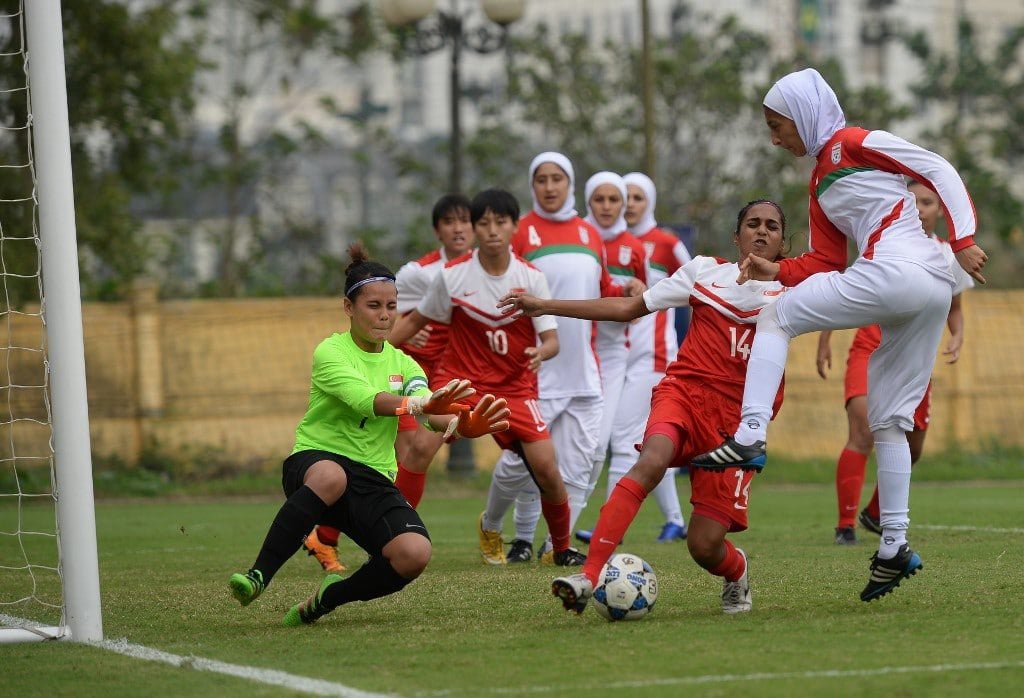
Women are allowed to take part in almost all sports, as long as they wear the obligatory hijab (or maghneh, Islamic headscarf). Recently, female drivers have been allowed to participate in national rally tournaments, including Iran’s successful female driver Laleh Seddigh. The strict Islamic dress code does make it difficult for women to compete internationally. Iran does not exempt women from wearing the required Islamic clothing for events such as the Olympic Games. The International Olympics Committee (IOC) has its own rules governing dress. In 2004 the sole female athlete the Islamic Republic of Iran sent to the Olympics was a markswoman, as shooting is one of the few events that allow Muslim women to wear the obligatory headscarf and long coat. In 2011 Iran strongly protested FIFA’s decision to prevent the Iranian National Women’s Football Team from playing in the Olympic qualifiying match because of their head coverings. But change is gradually taking place: three Iranian women competed in the 2008 Olympics, in taekwondo, rowing, and archery.
In 1993 Faezeh Hashemi Rafsanjani, vice President of Iran’s National Olympic Committee and a daughter of former President Akbar Hashemi Rafsanjani initiated the Islamic Women’s Games. Because men are not allowed to attend the games, as judges or spectators, women can take part in all sports in normal sports attire.
Latest Articles
Below are the latest articles by acclaimed journalists and academics concerning the topic ‘Culture’ and ‘Iran’. These articles are posted in this country file or elsewhere on our website:


